It’s hard to imagine Chicago, the third most-populated city in the United States today, as ever being an open, swampy plain. But the area near the southern tip of Lake Michigan was once rich with wildlife, fish, and fertile soil. Different Native American groups, including the Illinois, Kickapoo, Miami, Ojibwa, Ottawa, Potawatomi, and Shawnee, once lived there. When the first French fur trappers and settlers arrived in presentday Canada and reached the western Great Lakes in the 1600s, they established a fur trade with the native communities there.
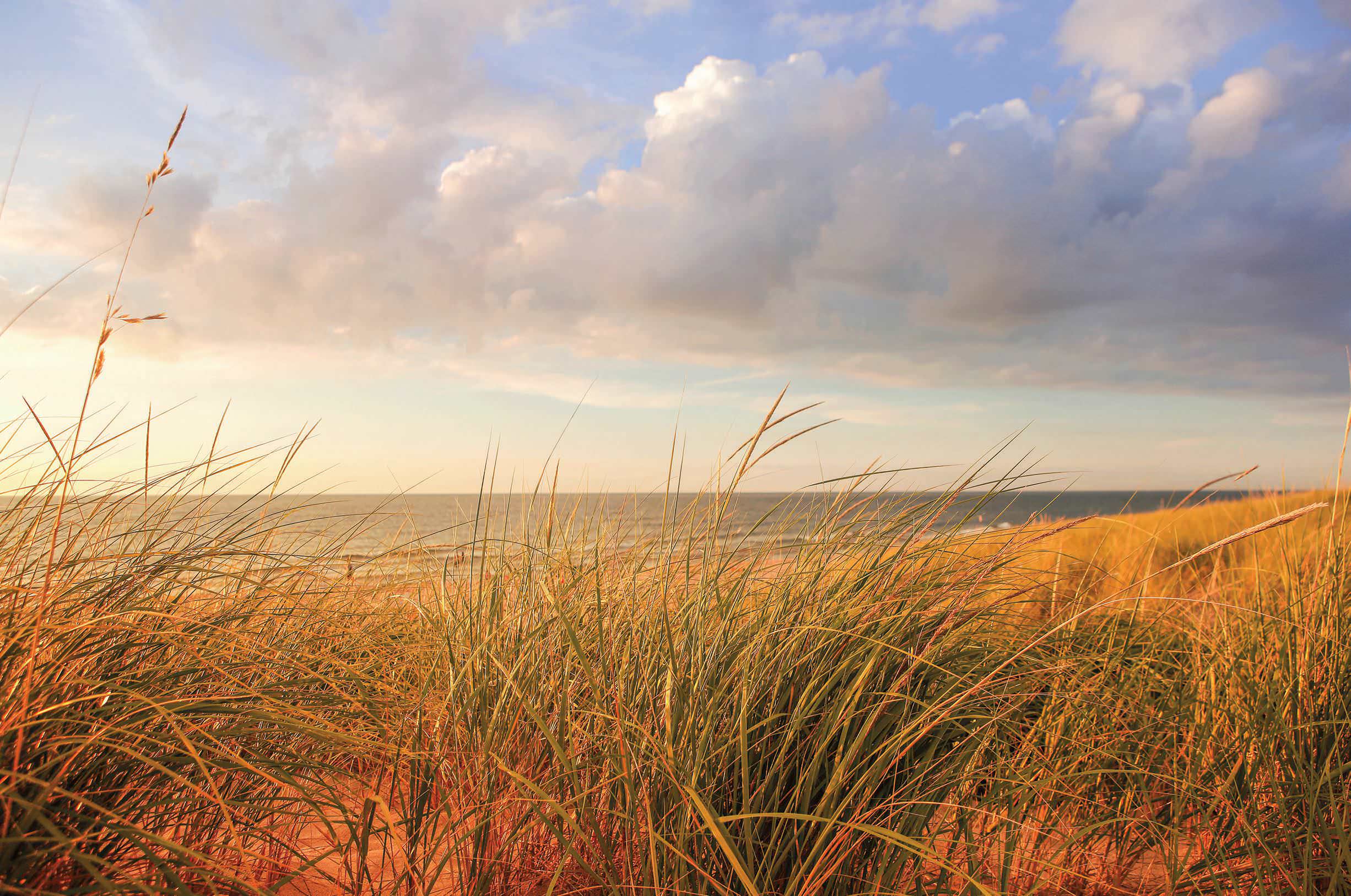
In 1673, Jacques Marquette, a French missionary, and Louis Joliet, a French fur trader, led a small expedition to learn more about the Mississippi River. They became the first Frenchmen to explore the interior of the continent. From the northeastern shore of Lake Michigan, they made it as far as present-day St. Louis, Missouri, before turning around.
On the journey back to Quebec, Canada, Marquette and Joliet followed a shorter route suggested by a native chief. It took them past the site of present-day Chicago. The native people called it Eschikagou or Shikaakwa, for the wild, smelly onions that grew there. To the French, it became Chigagou. Joliet noted how ideal the place was for agriculture. He also realized that the site provided access to the entire interior of the continent.
The profitable fur trade with the French around the Great Lakes had drawn the attention of the Iroquois Indians living in upstate New York. They began to move westward to seize control of it. From the mid-1640s to the late 1690s in what became known as the Beaver Wars, the raiding Iroquois wiped out or displaced entire native communities. As survivors moved westward to avoid the Iroquois, their resettlement created upheaval for the native groups already living there. The clashes among different Native Americans for control and survival, and the growing presence of European nations, sparked violent conflicts in North America. The land around present-day Chicago became one of the prizes for the victor to claim.
Denne historien er fra January 2017-utgaven av Cobblestone American History Magazine for Kids.
Start din 7-dagers gratis prøveperiode på Magzter GOLD for å få tilgang til tusenvis av utvalgte premiumhistorier og 9000+ magasiner og aviser.
Allerede abonnent ? Logg på
Denne historien er fra January 2017-utgaven av Cobblestone American History Magazine for Kids.
Start din 7-dagers gratis prøveperiode på Magzter GOLD for å få tilgang til tusenvis av utvalgte premiumhistorier og 9000+ magasiner og aviser.
Allerede abonnent? Logg på
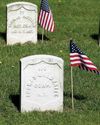
Putting the Pieces Together
Americans needed to begin to put the past behind them, come together, and plan for the future in the spring of 1865. But Abraham Lincoln, the man best equipped to lead them and who had hoped to restore the country as smoothly and peacefully as possible, had been assassinated.
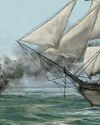
LAST SHOTS
The last Confederate forces in the Civil War didn’t surrender in the spring of 1865 or on a battlefield.
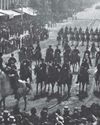
AND IN OTHER 1865 NEWS
A group of African Americans stop at the White House’s annual public reception on January 1, where they shake hands with President Abraham Lincoln.
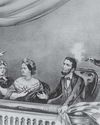
A Plot to Kill President the
For several months, actor John Wilkes Booth’s band of conspirators had plotted to capture President Abraham Lincoln and hold him hostage in exchange for Confederate prisoners.
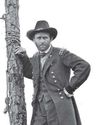
Let the Thing Be Pressed
In June 1864, Union Lieutenant General Ulysses S. Grant began a nearly 10-month campaign in Virginia.
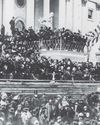
HEALING THE NATION
President Abraham Lincoln took the oath of office for the second time on March 4, 1865.

A Helping Hand
The spring season is hard in any agricultural society. Plants and animals are too small to eat.
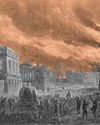
WAR SHERMAN-STYLE
As far as Union Major General William T. Sherman was concerned, the Civil War had gone on long enough.
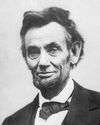
PEACE TALKS
The fall of Fort Fisher made clear that the Confederacy’s days were numbered. Southerners were tired and hungry.
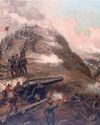
FORT FISHER'S FALL
Outnumbered Confederate soldiers inside Fort Fisher were unable to withstand the approach of Union troops by land and the constant Union naval bombardment from the sea.